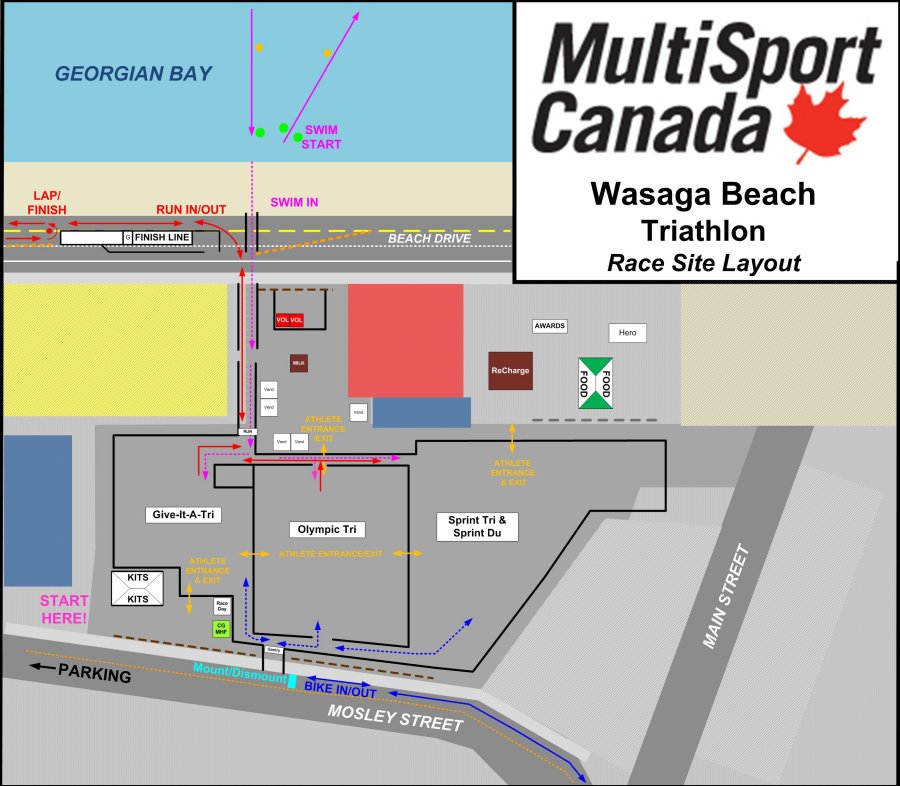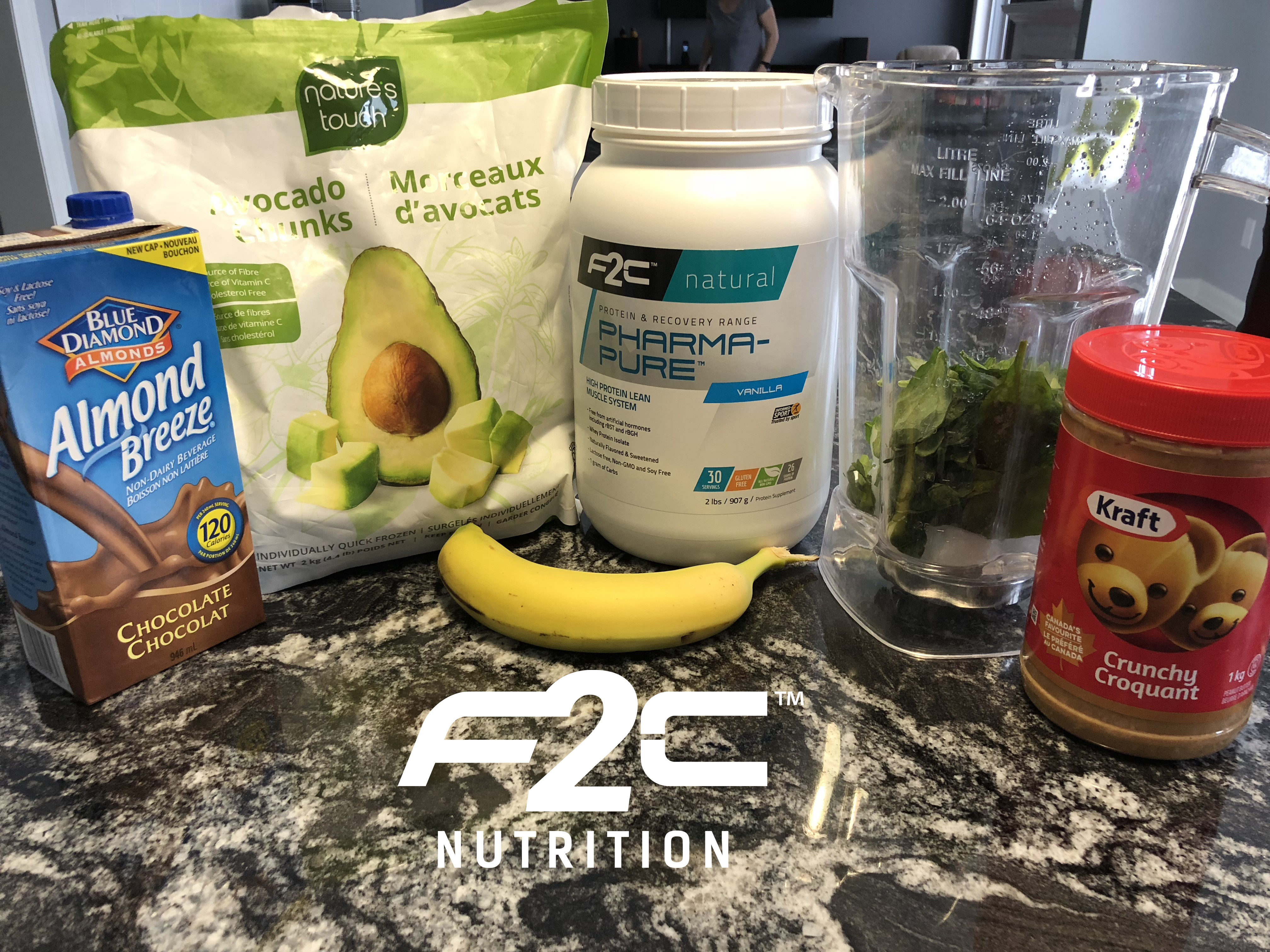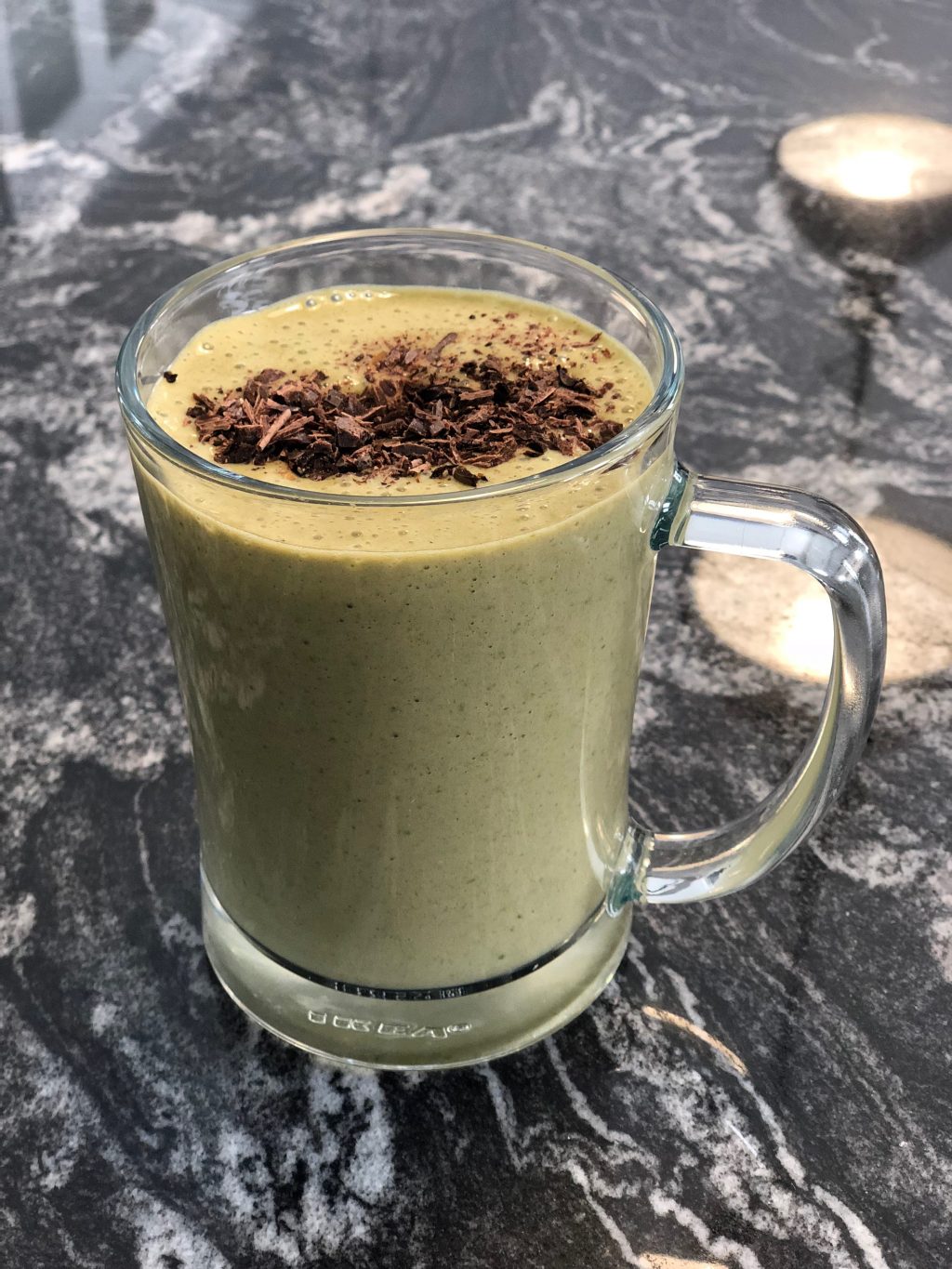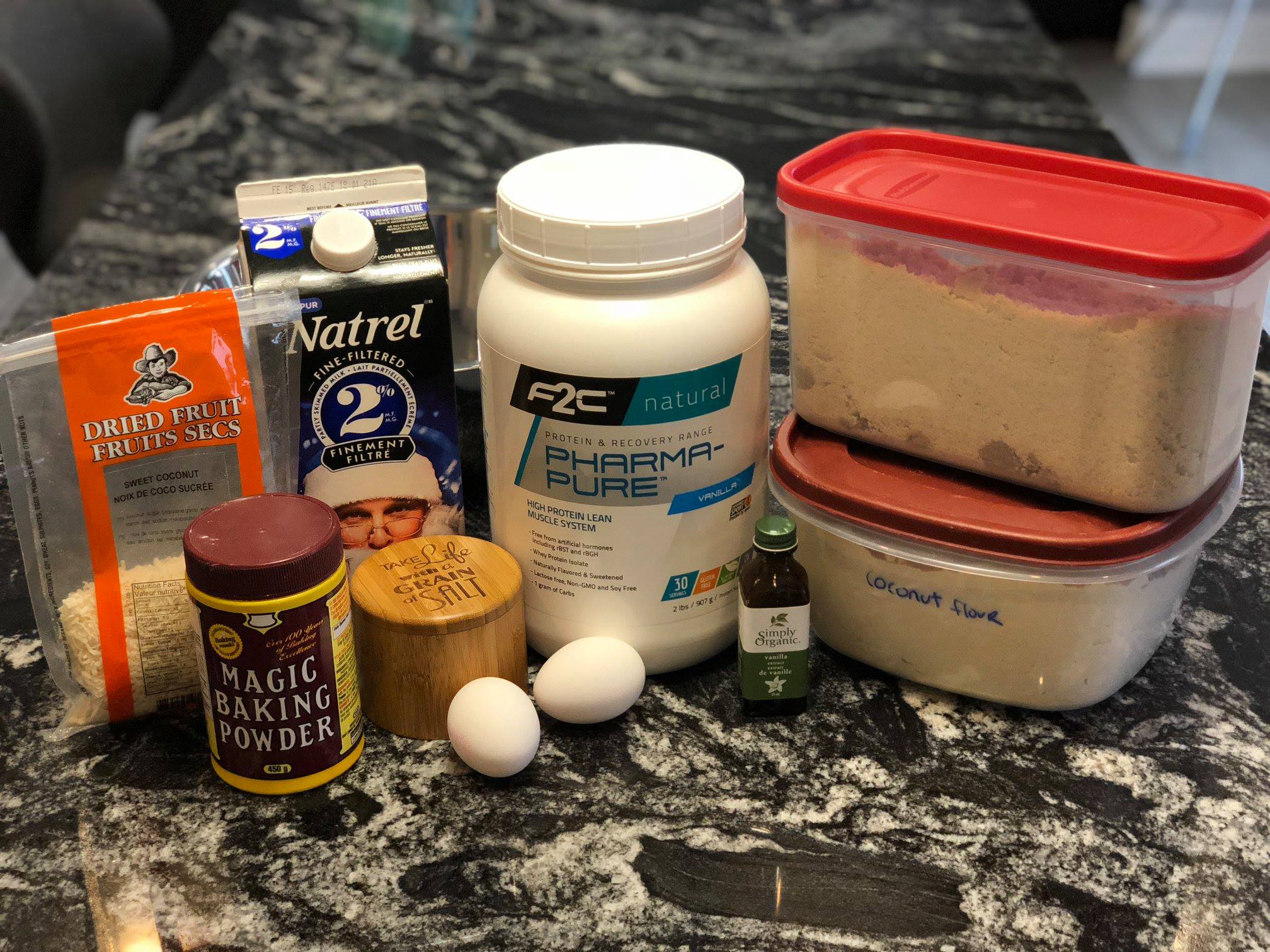Going back to the drawing board after a #bonk of a race in bracebridge my training plan has been rejigged to help finish the race season strong. While speed work is important for every athlete my body seems to have been suffering from fatigue as I have been heavily focused on perhaps little too much speed. Reducing speed and shifting back to endurance workouts has helped me make the most of these past few weeks as I have been getting ready for Wasaga Beach.
After working all winter with a mixture of watts classes and endurance rides/runs race season brings a whole lot less time to train in the same style. Traditionally winter time is when you build your base for the summer and you cut down some of the endurance work and mix in speed stuff. For me this summer has been a lot like last summer I peaked in May setting PB’s for road races and duathlons, unfortunately this has led to a slow but steady decent in muscular endurance over the course of the summer. My race times have been slowly sinking all year but after re evaluating my situation coach and I went back to an almost untraditional style of training mid race season “Endurance – and lots of it” is the name of the game and a huge reduction in speed work has followed. With my most recent addition of a computrainer as part of my training equipment I am looking forward to riding it year round to boost my muscular endurance and strength to a whole new level.
Being a duathlete and not a triathlete is very challenging for coaches when trying to follow a traditional training plan. Not only are we all very individual when it comes to high intensity workloads and endurance training but we are people and each of us is very different when it comes to attitude and mental fortitude. Now I’m not saying being a duathlete is easier or harder than being a triathlete but running twice as much as most triathletes provides little time for rest on the legs. I wish I could find a study that followed two athletes of both categories and tracked their training loads to see what if any were the differences when it comes to fatigue etc. Maybe down the road someone would want to do some scientific data logging with me…
I am always asked “what is a sprint duathlon” so this is my take on what it is and how I would describe each part.
Duathlon is like burning a match at both ends… in a room full of oxygen, your legs are engaged for 1:00-1:30 (distance depending) and being “sprint” athlete is very difficult.
The very definition of the word describes what it means “full speed”
(Sprint) verb – to race or move at full speed, especially for a short distance, as in running, rowing, etc.
Racing at full speed challenging your body and mind to preform for the full distance of the race and asking it to sometimes to the impossible or un human. It is not uncommon for me to sleep almost 12 – 14 hours following a race because I have asked so much from myself not just physically but mentally that you find yourself passed out on the couch well before bedtime. This is often why my race reports following a race are “late” or not the first one published because my body has shut down and needs to rest.
Below I have described how most races go in a Sprint Duathlon and how it feels during each part.
Run 1 – Run above threshold as long as possible.
Bike – Trust in your training and your legs will carry you.
Run 2 – Solid pace, give it all you have left.
Run 1
Running before you get on the bike feels like a regular road race, you run it above threshold the whole time and leave everything out on the course. Very very rarely will you see a top athlete “taking it easy” on the first run and as my own data from this year shows everyone in the front pack ALWAYS goes out at 3:00-3:30/km pace for the first couple of kilometers. This is not what a coach would advise but in the moment with all that adrenaline on the start line it doesn’t feel that fast at the time. This first run leaves your lungs burning and your legs with heightened levels of lactic acid like you would not believe….. some of the comments you share while out on that first run with fellow athletes often include “why do we do this again”, “we ran that way too fast” or “ I thought there wasn’t supposed to be a hill on this course”. That last one always makes me laugh because I have said it myself and laughed about it because during that sprint race the slightest rise feels like a mountain at such fast paces.
The Bike
Like I mentioned the first run is all out and returning to T1 (transition 1) you are gasping for breath as you clip up your helmet strap and head out on the bike. Most people ride “Triathlon” or “Time Trial” bikes which if you don’t know are much more aero then a “road bikes” with a seat tube angle that is very different and an aggressive riding position set up to cut down on aerodynamic drag.
The bonus to riding a TT bike is that you use different muscle groups than on a road bike and after a “barn burner” of a first run you can trust in your legs to give you lost of power for the bike as you use your hamstrings and glutes much more. Personally I have found that if your training includes “BRICK” bike / run or run / bike combinations your body will learn very quickly how to deal with the different fatigue of different muscle groups in your legs giving you the ability to suffer on the bike even after that hard run.
Run 2
Upon returning to T2 (transition 2) believe it or not even if your legs feel tired you can trust again in the fact that the muscle groups (quads and calves ) you used on Run 1 are ready to go again after having rested a little while out on the bike. A few hundred meters of “fast feet” after getting off the bike flushes the cramped feeling in your legs and helps wake those muscles back up in your legs. Fast Feet “quick steps in succession of one another” help set the pace for the last run. In Duathlon racing this last run is usually the determining factor for the podium and not where you place in the first run. This last run is where you are finally feeling all the fatigue compounded from the run 1 that was “a little too fast” the bike where you use the most calories and sweet the most, depleting your body of minerals and energy reserves. The most difficult part of the whole race is this last part, running again on tired exhausted legs makes keeping a solid pace quite difficult. If you can keep a positive mind and stay hydrated on the bike your legs will thank you when that last run feels like you are stepping into concrete with every passing step. Mentally and emotionally drained you will battle your personal demons on that last run holding on for dear life and collapsing over the finish line. I have personally raced to that point a few times and you know you have given it your all when the paramedics on site ask you if you need to sit or lie down once you cross the finish line.
I believe that if you are not exhausted when you cross that line you haven’t given it your all and could have pushed harder, seeing the face of happiness mixed with exhaustion makes for some of the best “race face” photos. We all have a race face and I don’t know anyone that has a pleasant one, but if you don’t know what I am talking about have a friend or loved one snap a pic of you after you cross the line not as you cross but after!!!!
With all that being said I am very pleased to be “back on track” with my mid to late season focus shifted back to endurance I am feeling better than ever for Wasaga this weekend.
Have a look at the race layout and please remember to arrive earlier rather than later, parking is always busy and everyone wants to start on time. See you all at Wasaga beach !!



